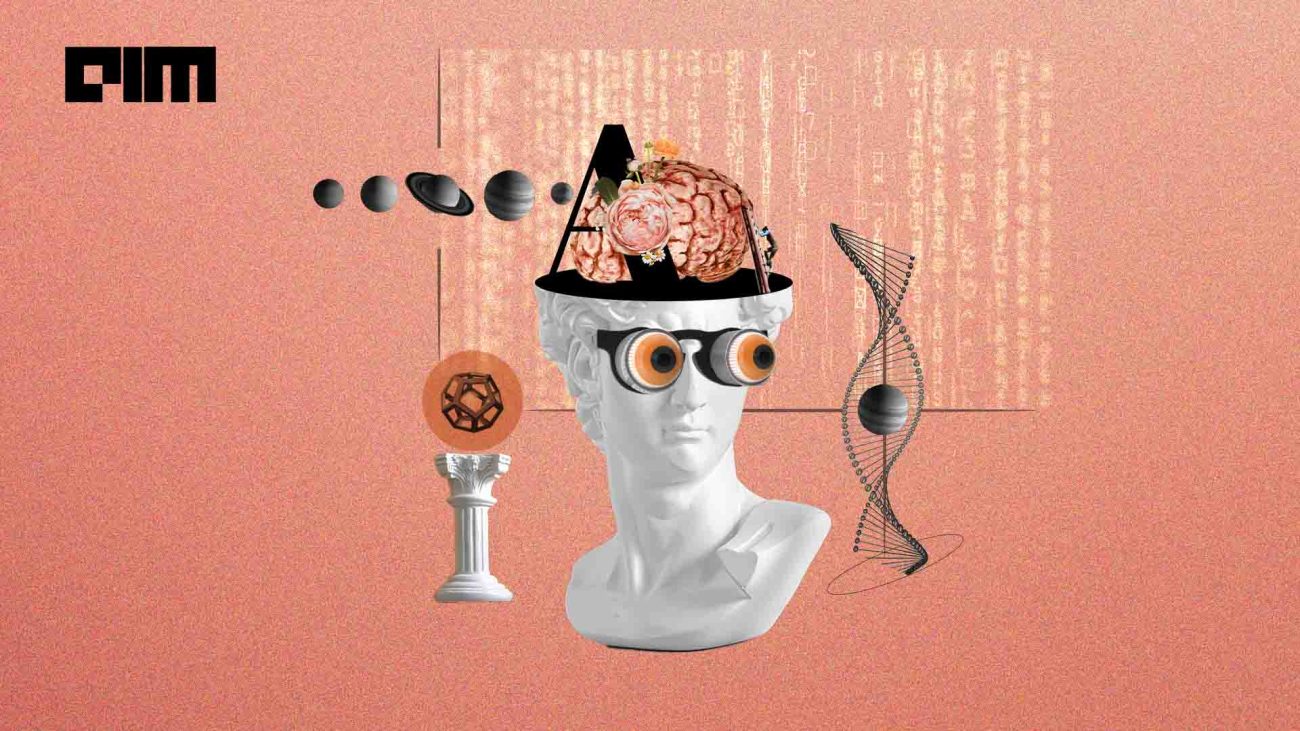|
Listen to this story
|
Since artificial intelligence keeps getting smarter with each passing day, its demand in several fields keeps getting bigger. The surge reflects the need for faster chips, more data, and definitely better algorithms.
Shifting our focus, here are the top algorithmic breakthroughs that have become essential in the modern AI developer’s toolbox.

HyperTree Proof Search (HTPS)
Meta AI showed its contributions to the challenging area of deep learning with HTPS, a deep learning model that solved several International Math Olympiad (IMO) problems. This method showcases important capabilities, demonstrating that deep neural networks make mathematical reasoning possible. The new algorithm combines reinforcement learning and Monte Carlo tree search to show unique levels of mathematical reasoning.
DeepNull
Earlier this year, researchers at Google put forward DeepNull to model the relationship linking covariate effects on phenotypes and improve Genome-Wide Association Studies (GWAS). GWAS are associated genetic variants with complex traits and diseases. DeepNull models have a nonlinear effect of covariates on phenotypes as they are simple to use and require the least amount of change for current GWAS pipeline implementations. The interactions between phenotypes like age and sex and principal components of genotypes must be adjusted for covariates to determine the association strength between genotype and phenotype.
ESMFold
Meta AI’s launch of Evolutionary Scale Modeling (ESM) became one of the biggest competitors or the best alternative to AlphaFold 2. Much like AlphaFold, the model is also open to the public. But that’s not the only one. Read about the top protein models released in 2022 here.
Code as Policies (CaP)
Google AI introduced a new learning algorithm for effective robotic control. The algorithm proposes letting robotic systems effectively write their code. The concept aims to save developers from having to go in and reprogram things every time new information is found. The primary idea of the algorithm is to leverage predictive information to obtain a representation of the high-dimensional environment dynamics.
DiaBeats
To tackle the issue of diabetes, a group of Indian researchers from the Lata Medical Research Foundation in Nagpur developed an AI algorithm that can predict diabetes and pre-diabetes from individual heartbeats recorded on an ECG (electrocardiogram).
Dreamer Algorithm
Researchers from the University of California, Berkeley, taught robots to walk within 60 minutes. The approach differs from the usual deep reinforcement learning practices, as robots can be trained without simulators. The project ‘DayDreamer: World Models for Physical Robot Learning’ uses the Dreamer algorithm to learn from small amounts of interaction through planning in a learned world model. In turn, it outperforms pure reinforcement learning in video games.
IISc-AIIMS Rishikesh’s epilepsy algorithm
Indian Institute of Science (IISc) researchers, in collaboration with AIIMS Rishikesh, developed an algorithm to decode brain scans in order to identify the occurrence and type of epilepsy. In the study, the team reported an algorithm that can identify signs of epilepsy from the electrical signal patterns. After initial training, the researchers say that the algorithm could detect whether a human subject could have epilepsy based on the patterns in their analysis.
SEER
Facebook unveiled SEER, a self-supervised AI model that can learn from a random set of unlabeled images on the web. Though it is early, the team expects it to become a computer vision “revolution”. SEER was fed on a billion publicly available Instagram images, not manually curated. As a result, even without the labels and annotations, it could autonomously work through the dataset, learn, and achieve accurate results for detecting objects.
DeepCTRL
Google Cloud AI researchers released DeepCTRL (Deep Neural Networks with Controllable Rule Representations), which combines an encoder and a rule-based objective in the model that allows decision-making. Data type and model architecture are unimportant to DeepCTRL. The highlight of DeepCTRL is that it does not require retraining to alter rule strength – the user may adjust it at inference based on the desired accuracy vs rule verification ratio.
data2vec
Meta AI released data2vec, calling it “the first high-performance self-supervised algorithm that works for multiple modalities”. This algorithm can be applied separately to speech, text and images, outperforming the previous best single-purpose algorithms for computer vision and speech. It represents a new paradigm of self-supervised learning, where new research improves multiple modalities rather than just one. The algorithm will enable users to develop more adaptable AI, performing tasks beyond today’s systems. Meta said that data2vec does not rely on contrastive learning or reconstructing the input example. The tech giant has also released open-source code and pretrained models.

























